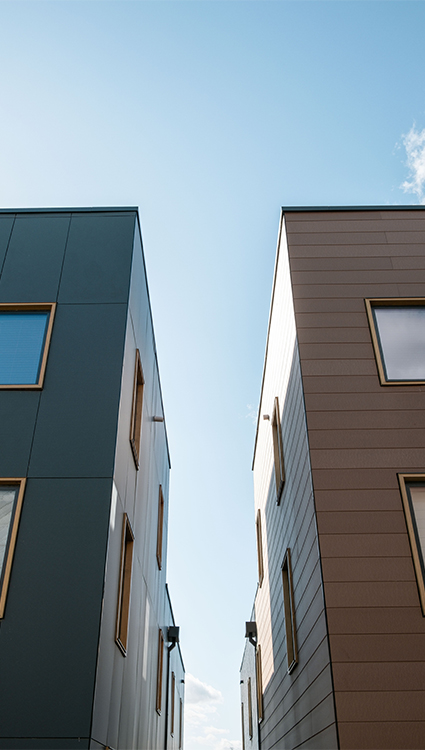Aluminum siding is a form of exterior cladding material produced from sheets of aluminium that are fastened to a building’s outer walls. For many years, it has been a well-liked option for both residential and commercial establishments because of its toughness, adaptability, and low maintenance needs.
A form of exterior cladding material produced from sheets of metal is aluminium siding. It serves as insulation from the weather and is secured to the outer walls of a building. Aluminum siding is a popular option for both residential and commercial structures since it is both lightweight and strong.
There are numerous finishes for aluminium siding, including smooth, textured, and embossed. It is weatherproof, insect-proof, and rot-proof, and it may be painted to match the design and colour scheme of a building.
Aluminum siding’s low maintenance needs are one of its advantages. It does not require painting or staining like wood siding and can be cleaned with soap and water. If properly insulated, aluminium siding can also be energy-efficient, helping to lower energy expenses by retaining heat inside during the winter and outside during the summer.
However it’s crucial to remember that aluminium siding is prone to denting and scratching and could not be as resilient as siding made of fibre cement or brick. Also, it could cost more than alternative siding materials like vinyl or wood.
Aluminum siding has excellent weather, corrosion, and pest resistance. Moreover, it is fire-resistant, which makes it a wise choice for locations vulnerable to wildfires.
Aluminum siding only occasionally needs to be cleaned with soap and water, making it a low-maintenance material. Yet, it’s crucial to keep an eye out for any damage that can develop over time, such as dents, scratches, or other flaws.
Aluminum siding is available in a variety of hues and textures, making it simple to complement the look and feel of your home. Also, painting it is an option for even more customisation.
Insulation is a feature of some types of aluminium siding that can assist a structure become more energy efficient by lowering heat gain and loss in the winter and summer.
Compared to other forms of external cladding materials like brick or stone, aluminium siding is typically less expensive. However, the price can differ based on the material’s grade and thickness, as well as the building’s size.
